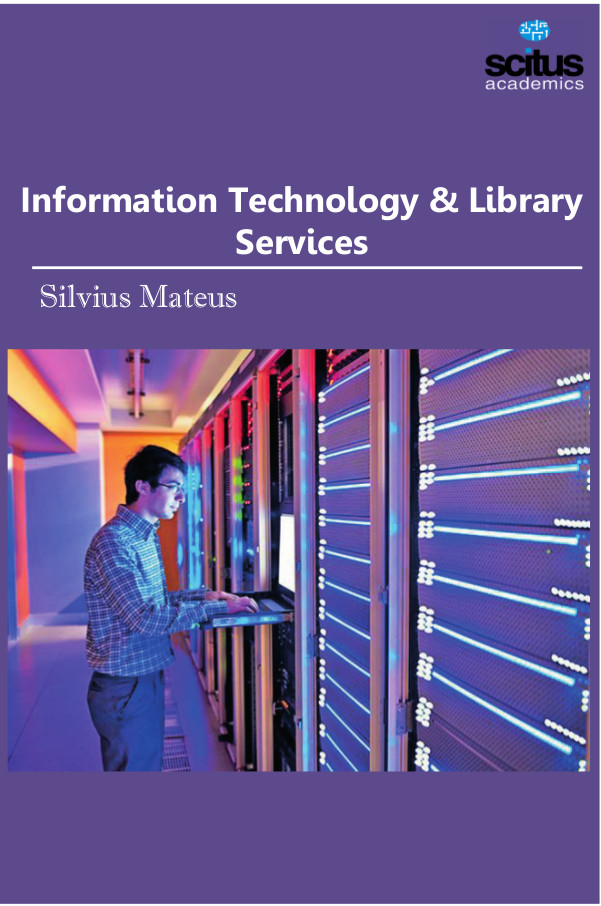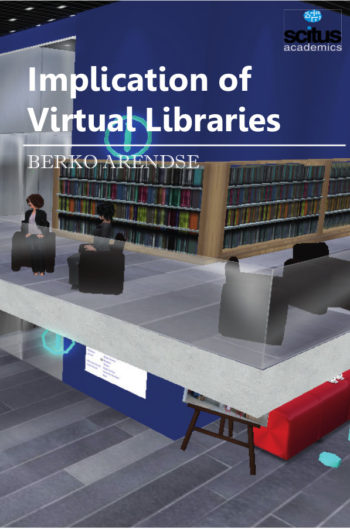The organization of information/knowledge is an essential preliminary to its effective exploitation and dissemination. As the quantity of knowledge expands, the need to organize it becomes more pressing. A vast number of different means of organizing information have been devised and exploited since the earliest times. Information technology (IT) is the modern buzz word, it has provided facilities for the free flow of information. The world has become a global village with information superhighways created through networks like Internet. This has facilitated electronic librarian-ship with the diversification of library facilities and services to its user. The concept of virtual libraries OPAC, Hypertext, and teleconferences for the purpose of library and information services have become common. New technological developments have already profoundly affected libraries; almost every function carried out in a library has been altered to some extent by advances in electronics, computerization, and telecommunications. Information Technology as the coming together of computing and telecommunications for the purpose of handling information; the application of technologies to information handling; including generation, storage, processing, retrieval and dissemination. It is also concerned with the acquisition, processing, storage and dissemination of information-textual, numerical, pictorial and vocal. It is a broad-based term comprising the gathering, organization (packaging), storage and retrieval (dissemination) of information that can be in textual or numerical (books, documents), pictorial and vocal forms (audiovisual) or a combination of all the above (multimedia), using a combination of computer and telecommunications devices.
Information Technology Library Services include libraries and the internet, the concept of the digital library, impact on professional roles, communicating, changing perspectives on service provision, instruction and training, and networking, data communication. This book identifies emerging technologies and assesses their impact on reference service, bibliographic instruction, and organizational management.
It becomes explicit from the above that IT in libraries comprises all the electronic infrastructure and facilities employed by libraries to improve and provide efficient services. Such facilities, in broad term, consist of hardware, software and communication links between the service outlets of different libraries to facilitate the sharing of common resources; especially the library networks.













